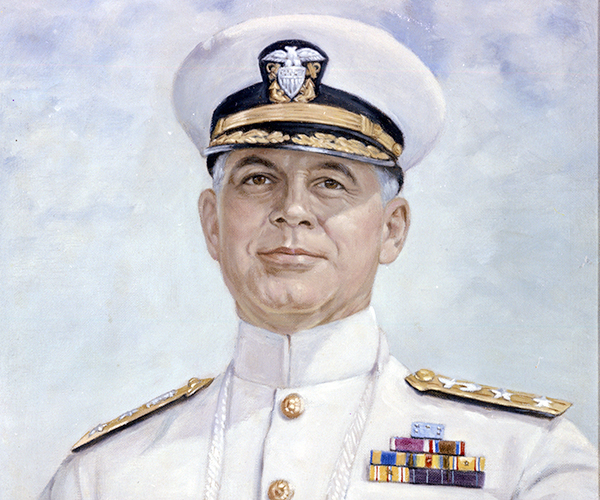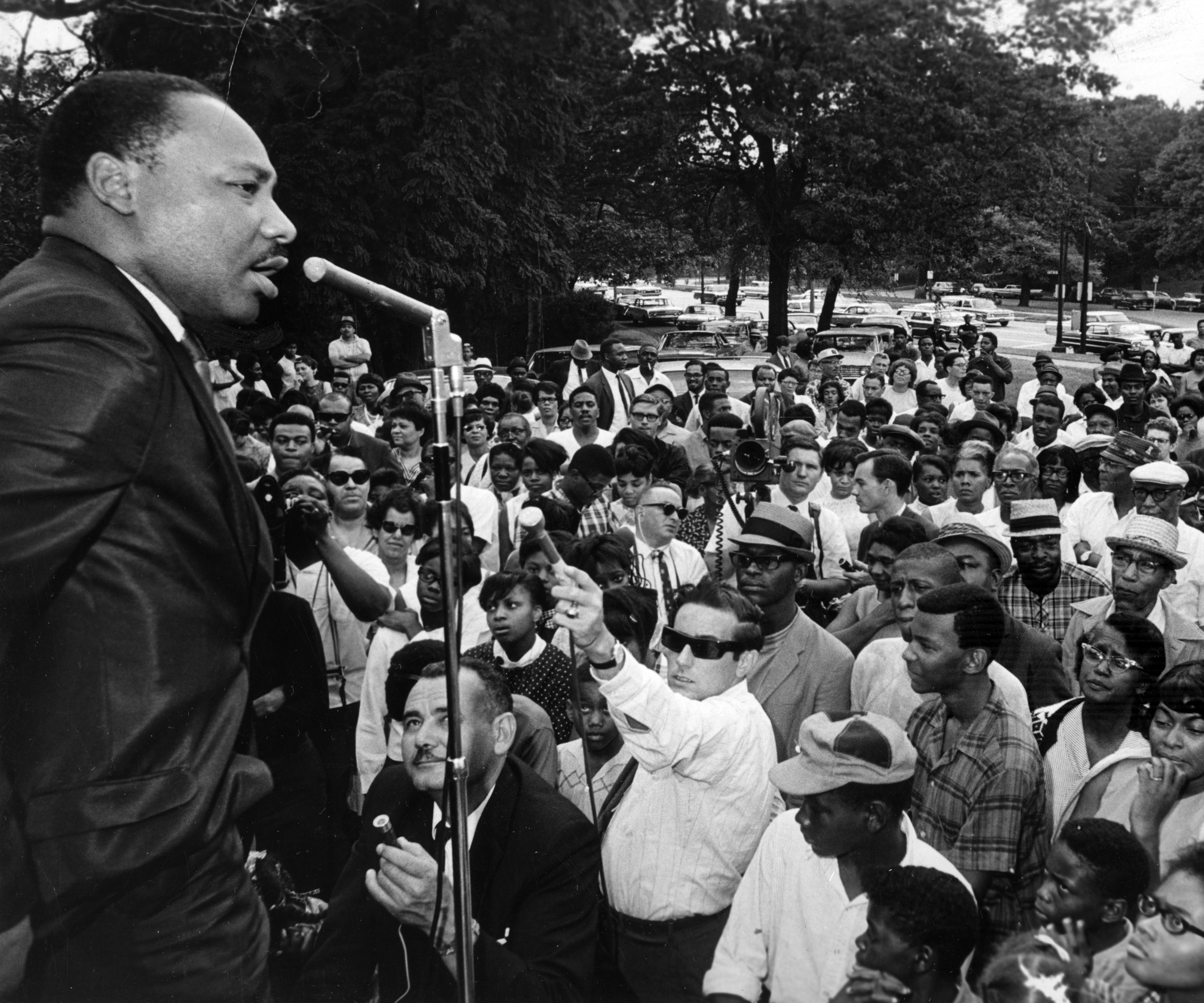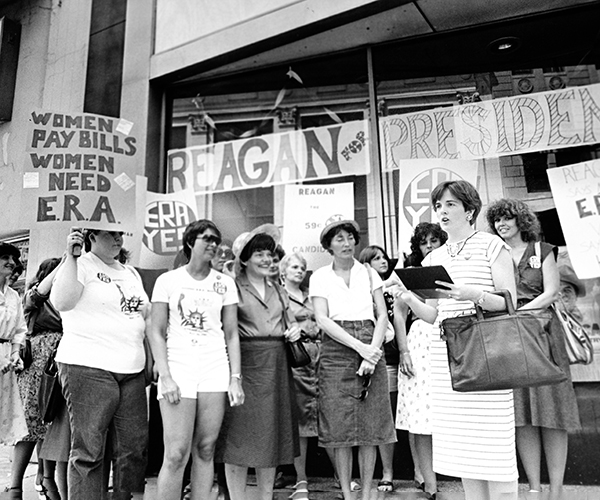Downtown Cleveland looked dreary, smudged by factory soot. So Goodrich House, a social uplift organization, launched a flower-planting campaign in its dense neighborhood along St. Clair Avenue. In 1900, it convinced Cleveland Public Schools to take the effort citywide. Elementary school students bought 48,868 penny packages of seeds that May, including marigolds, larkspurs and morning glories.
By 1904, the Home Gardening Association claimed most of Cleveland's young students as members. They planted flowers and flowering shrubs across the city, from school grounds to downtown gardens, including one at East Ninth Street and Lakeside Avenue, in front of the U.S. Marine Hospital.
"Even in the crowded manufacturing districts," reported a 1904 booklet about the group, "where smoke, soot and scarcity of room were hindrances to great success, there was many a little garden of bright flowers, beautiful because of the care expended on it by some untrained childish hand."
Today, Cleveland is home to fewer than 400,000 people, about as many as in 1900. Where schoolkids once beautified overcrowded neighborhoods, a new back-to-nature movement, urban farming, now fills in empty lots. According to Ohio State University Extension, Cleveland is home to more than 50 urban farms and more than 200 community gardens.



